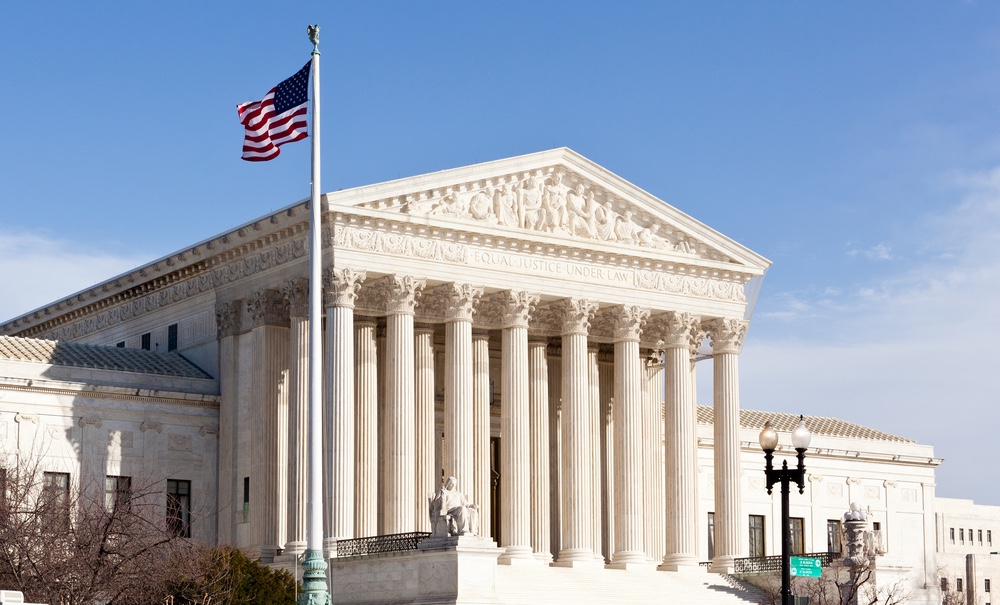Could Romney Overturn Roe v. Wade?

If former Gov. Mitt Romney wins this year's presidential election, there is a realistic chance that Roe v. Wade — the Supreme Court decision that protected a woman's right to have an abortion — could be overturned under his administration, experts say.
With the justices sitting on the court now, it's very unlikely an abortion case would garner the five votes needed to reverse the ruling, said Harvard Law School assistant professor I. Glenn Cohen, co-director of the school's Petrie-Flom Center for Health Law Policy, Biotechnology, and Bioethics. But Associate Justice Ruth Bader Ginsburg, a left-leaning judge who is 79, could retire during the next administration, allowing the president to nominate a more conservative-minded judge. Another justice could retire as well.
If that happens, it's "possible to likely" that the court would have enough votes to overturn the 1973 ruling, Cohen said.
For the Roe v. Wade decision to be overturned, a case dealing with abortion rights would have to reach the Supreme Court, and there are cases in the lower courts that could easily make their way to the nation's top court, Cohen said.
Even if a case does not directly address the legality of abortion — but instead, for example, centers on whether a pregnant woman should be required to view an ultrasound image of the fetus before an abortion — the court could use the case as an opportunity to rule on Roe v. Wade as a whole, Cohen said.
If Roe v. Wade were overturned, laws regarding abortion would be decided by each state. Some states, including Kentucky, Louisiana, Mississippi and South Dakota already have already passed laws that would make abortion illegal immediately in the event Roe v. Wade were overturned. Other states, including California, Hawaii and Maine, have laws protecting abortion rights if the ruling is reversed. Other states would have to pass new laws to address abortion rights, Cohen said.
It's not clear whether it would be constitutional for Mississippi, for example, to try to prohibit its residents from having a legal abortion in California, though such cross-state medical procedures would be difficult to control, Cohen said. Even if women could legally go to another state for an abortion, such travel is not always feasible, Cohen said. "It's not a great solution for women," he said.
Sign up for the Live Science daily newsletter now
Get the world’s most fascinating discoveries delivered straight to your inbox.
Without replacing a judge, the court could still "chip away" at Roe vs. Wade, Cohen said. Currently, abortions in most states are legal until the fetus is viable — meaning it could theoretically live outside the mother — a stage reached around 23 weeks into pregnancy. However, about a dozen states have passed legislation that aims to make abortion illegal after 20 weeks on the basis that a fetus could feel pain at this point — a disputed claim.
Because Roe vs. Wade does not address the pain of the fetus, such cases present a new "interest" that the court did not previously consider, Cohen said. As such, the cases present an opportunity for members of the court to narrow the time period of a legal abortion by about three weeks, Cohen said.
However, the Supreme Court decides which cases to take — about 80 cases are heard each year — and it's not certain the Court would pick an abortion case during in the next administration.
Pass it on: It's possible Roe vs. Wade could be overturned if a new Supreme Court judge is appointed who takes a stance against abortion rights.
This story was provided by MyHealthNewsDaily, a sister site to LiveScience. Follow Rachael Rettner on Twitter @RachaelRettner, or MyHealthNewsDaily @MyHealth_MHND. We're also on Facebook & Google+.

Rachael is a Live Science contributor, and was a former channel editor and senior writer for Live Science between 2010 and 2022. She has a master's degree in journalism from New York University's Science, Health and Environmental Reporting Program. She also holds a B.S. in molecular biology and an M.S. in biology from the University of California, San Diego. Her work has appeared in Scienceline, The Washington Post and Scientific American.










